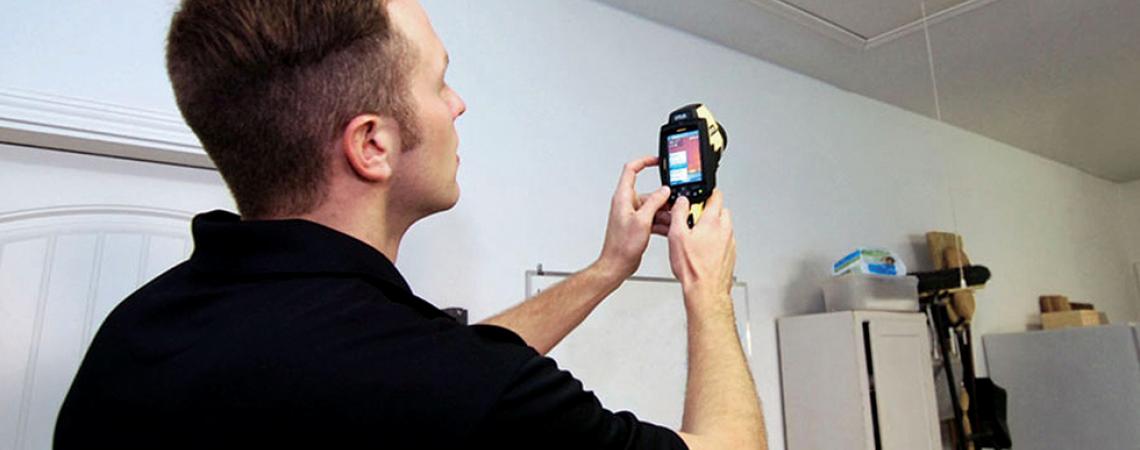An energy auditor can help you determine the work you will hire a contractor to do.
Renovations can be the perfect time to improve your home’s energy efficiency. To make sure you get those energy savings, it’s important to do some planning right from the beginning.
The first step is to educate yourself so you can be in control of your project. Helpful, easy-to-understand energy-efficiency information is available for virtually any area of your home and any renovation project.
Just be sure to use reputable sources, like www.energy.gov, www.energystar.gov, or in many cases, your local electric cooperative.
You can use your newfound knowledge to ask the right questions of potential contractors. Ask about the product to be installed, the energy savings it should yield, and whether it will improve comfort.
Because energy-efficiency installations and construction are specialized, most measures are unlikely to be installed correctly unless the installer has experience — and hopefully some appropriate training or certification.
You may decide you’d like to hire a small specialty contractor or a larger general contractor. Either way, it’s crucial to hire someone with a contractor’s license, a local business license, and three types of insurance: liability, personal injury, and workers’ compensation. Check references to verify that the contractor has a solid history of cost-control, timeliness, good communication, and excellent results — including significant energy savings. You might learn that your lowest bidder has a tendency to increase the price after the job has begun.
As you choose between contractors, quality should be an even more important consideration than price. Poor-quality energy-efficiency work will not deliver maximum savings.
Once you have settled on a contractor, be sure to get a written contract, which should include details such as who will be doing the actual installation; the specific R-value of any insulation being used, if you’re insulating; the make, model, and all efficiency ratings if you’re replacing a furnace or air conditioner; and who must pay for the necessary building permits.
Finally, be cautious about pre-paying. Keep the upfront payment as low as possible; set benchmarks the contractor must meet to receive the next payment; and make sure a reasonable amount of the payment is not due until the project is completed, the work passes building inspections, and you are fully satisfied.
Pat Keegan writes on efficiency issues at www.collaborativeefficiency.com.









